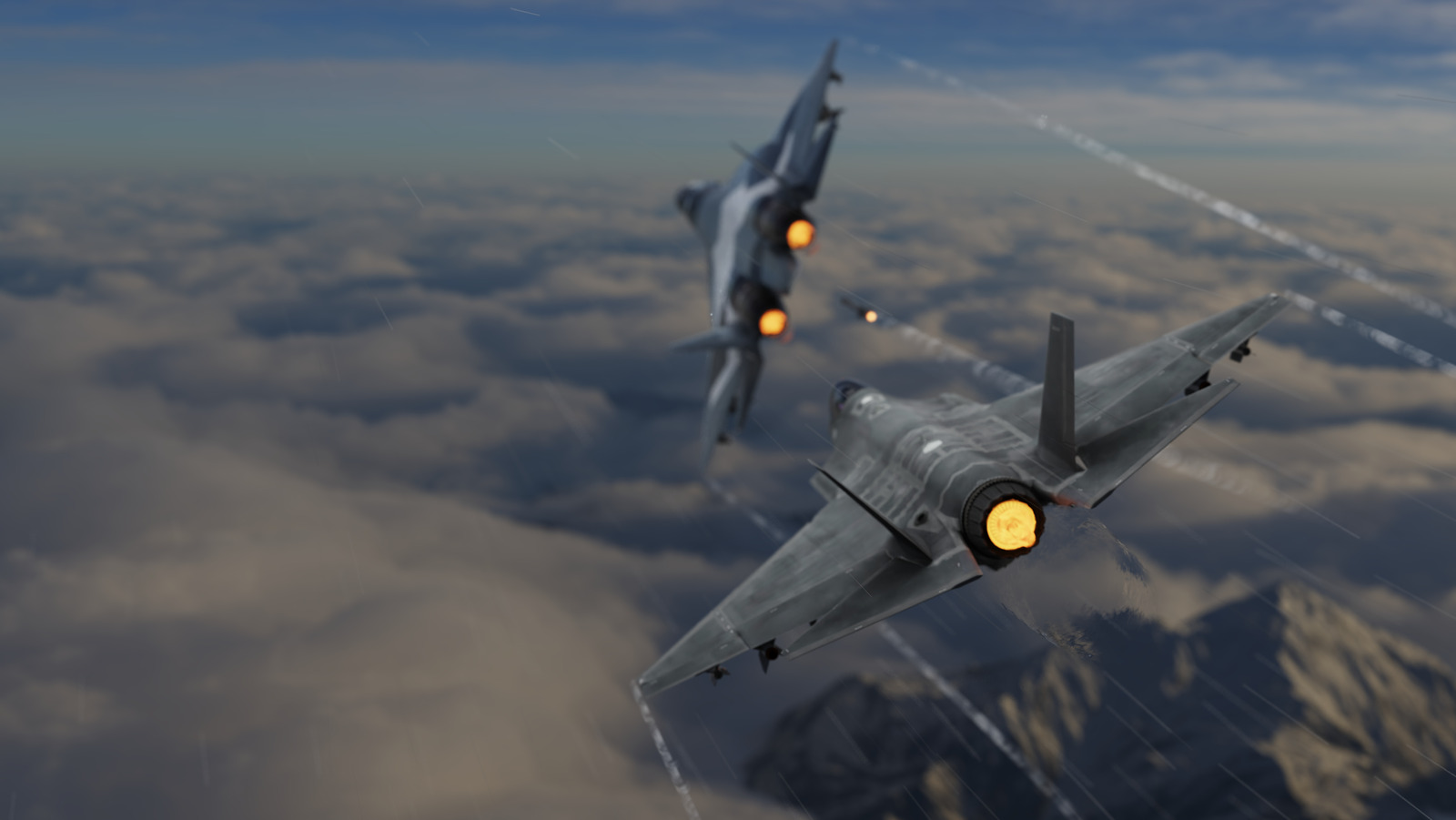
While nuclear submarines and carriers have their drawbacks, a fusion-powered jet may be a big positive for the air force. Lockheed Martin filed a patent for a fusion-powered jet several years ago. The jet would contain a tiny fusion reactor, which is what would power the jet’s engines. Normal jets burn fuel, but a nuclear jet would switch its engine’s combustion chambers for heat exchangers, which Lockheed says would produce the same amount of thrust (via Sandboxx).
A fusion-powered aircraft would also have a number of advantages over a conventionally fuelled one. The main one is, it would never have to refuel. The reactor would contain all the energy the jet would need over its lifetime. This leads to a very useful secondary effect, which is the jet having essentially unlimited range. The U.S. Air Force says an F-16 has a range of around 1,000 miles. That means a jet can travel around 500 miles, hit its target, then make it back to base. A fusion-powered jet will last until the pilot passes out from exhaustion. This may make inter-continental air combat missions routine. It also saves the military a logistics headache, as it would no longer have to transport and store the thousands of gallons of fuel a fleet of jets requires to operate.
The potential amount of energy a fusion reactor can generate also makes energy weapons a possibility. Instead of relying on conventional weapons, the nuclear-powered fighter jets of the future could use high-powered lasers to win dogfights. And if a fusion-powered jet does get shot down, it won’t turn into a dirty bomb. Fusion reactions don’t use radioactive elements like uranium, so the only things emitted from the reactor are hydrogen and helium.
Stay connected with us on social media platform for instant update click here to join our Twitter, & Facebook
We are now on Telegram. Click here to join our channel (@TechiUpdate) and stay updated with the latest Technology headlines.
For all the latest Entertainment News Click Here
